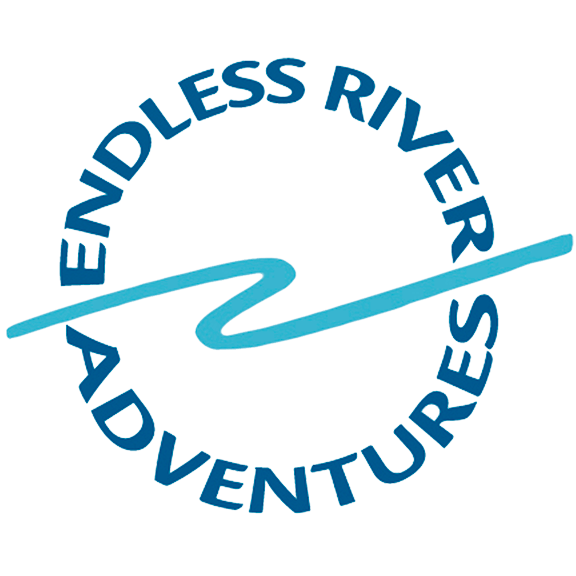The rivers of Ecuador are so awesome that oft times the surrounding jungle gets little more than a second glance. High forest cloud forest, low altitude jungle–the river we do on any particular day determines the backdrop of scenery.

A glimpse of the rain forest when paddling in Ecuador
For once, we decided to leave the (plastic) kayaks behind and take a bit of time to explore the jungle of Ecuador. Destination: Cuyabeno Reserve. The point of embarkation for Cuyabeno is six hours further down the road then we have ever been here in Ecuador. So we drove past our favorite haunts in Baeza, Borja and Chaco and continued following the Quijos north downstream past San Rafael Falls and continued further past the point the Quijos/Coca turned and headed east towards the Napo River, until we reached the infamous town of Lago Agrio. For a town that did not exist prior to the oil rush of 1970, the 40,000+ populated city was the last stop for “civilization.”

Everything to be found in Lago Agrio
The Cuyabeno River flows into the Agrio River—which while smaller than the Napo is still one of the main tributaries heading off to the Amazon. This is where we left our wheels behind. From the bridge at the Cuyabeno River, transportation is limited to boat. Boat or tall boots!

Exchanging river flip flops for Jungle wear

Ten hours from Quito, at the end of the proverbial road, the only option for reaching Cuyabeno is a three-hour boat ride into paradise.
We had an amazing three days/nights in the jungle. During day we embarked on avatar-like walks through the primary forest. And a visit to Siona tribe—one of the four indigenous groups that inhabit the reserve. We were treated to a glimpse into the daily life of a remote community.

Trying a hand at hunting for lunch

when blow guns don't work, using a machate to dig up some yuca is always an option

Night is as busy in Cuyabeno as day. Evening is prime piranha fishing time.

nice smile!

.And once the sun set, flashlights allowed us to light up the eyes of caiman, hunt for anacondas and watch bats and night birds fly by.

of course it is a good idea to go out in a little boat....at night...and look for jungle creatures!

Angel embarked on his own adventure—midnight fishing for pirarucu—possibly the world’s largest freshwater fish.
Our remarkable visit into the jungle was over too soon. We returned to Quito on our well-traveled road, stopping for a glimpse of some of our favorite sites in the Oriente.

A glimpse of Reventador Volcano
We invite you to take a moment to enjoy our whole collection of photos from Cuyabeno Reserve, and our individual paddling trips!
